Gears are mechanical devices that transfer torque and motion or set mechanical motion in action through the engagement of other gears, a shaft or a series of parts. Gears interlock with one another and turn together with the help of evenly cut teeth. Teeth allow different sized and shaped gears to interlock with one another. Read More…
Omni G & M Corporation is a leading gear fabricator specializing in precision machined and custom solutions in a variety of sizes and types. Please check out Omni G & M’s website or call a friendly personnel member today!
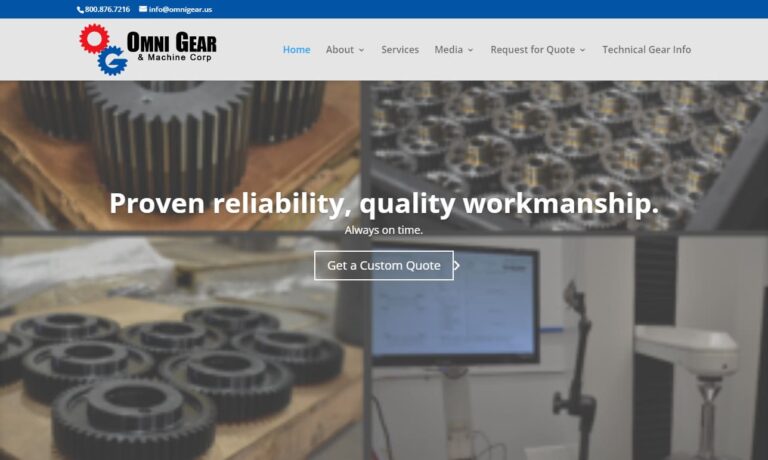
Gears are what we do best, and we are experts in our field. We have three generations of experience backing our company, and we use all of it to benefit you in any way possible.
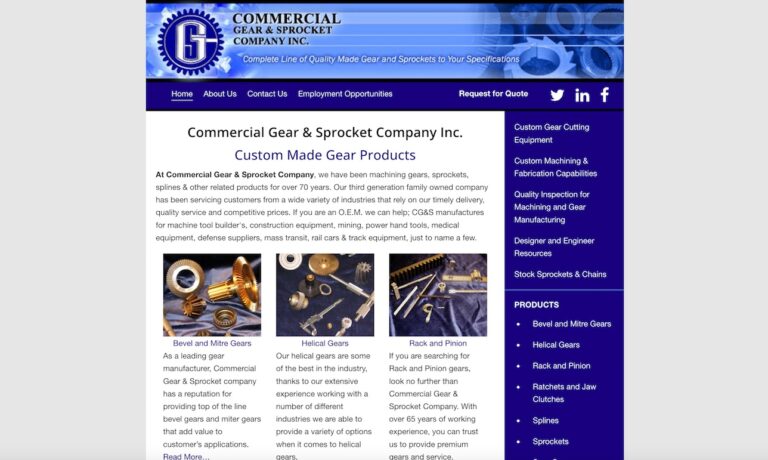
Gear Motions is a leading gear manufacturer specializing in supplying custom cut and ground gears. Our wide range of precision gear manufacturing capabilities and services deliver quality gears to meet almost any application.
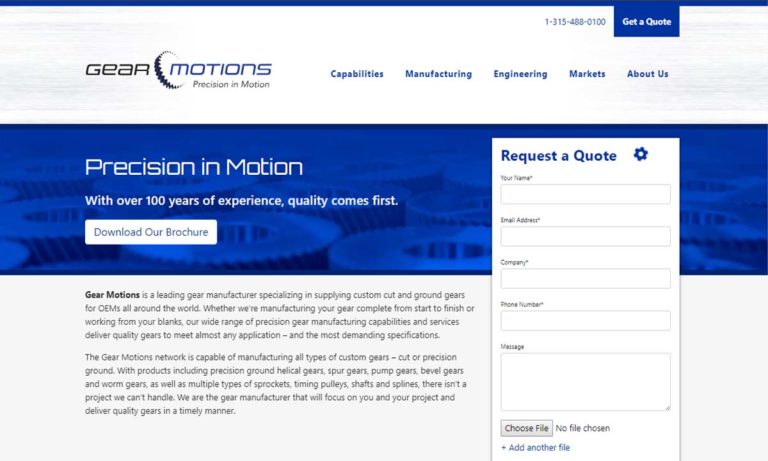
Manufacturing industrial and commercial gears is what Houston Gear USA does. We produce gears from 1 3/4 DP – 200 DP in a choice of materials. Choose from spur gears, custom gears, helical gears, double helicals, splines, straight bevel gears, worm gears, sprockets, and herringbone gears.
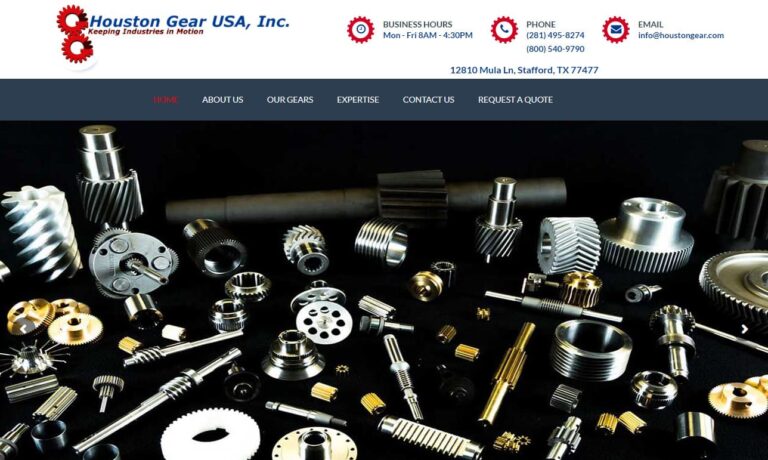
At Cage Gear & Machine, we specialize in custom large gear machining and repair as well as large manual machining. We can manufacture gears from 2" outside diameter all the way to 180" outside diameter. If you don't need complete parts, we can also provide cut teeth only operations or inspection services. And don't throw out those damaged gears just yet. We can save you thousands of dollars...

With over a century of experience, The Adams Company has established themselves an outstanding reputation for quality custom gear and shaft production. We continue to outmatch the competition, whether it is from our original designing and manufacturing hobbing equipment to investigating the latest technologies in gear inspection, hobbing, and guideless shaping. We offer a range of products...

Cleveland Gear Company has specialized in worm gear technology including industrial gears, helical gears, worm gears and precision gears since 1912. Applications include steel production, electric power generation, and material transport. Fulfilling your exact requirements is what has and continues to make Cleveland Gear one of the top manufacturers of gearing and enclosed gear drives.
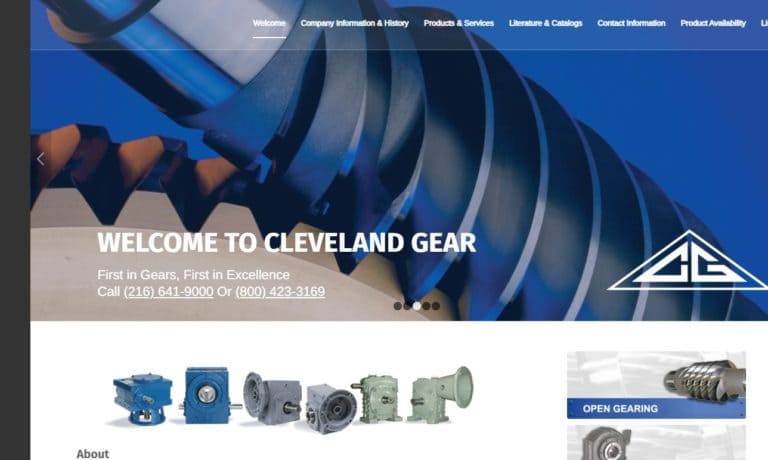
More Industrial Gear Manufacturers
Industrial Gear Applications
Gear applications are incredibly versatile and can be tailored to suit a wide range of needs, from adjusting speed and power transmission to managing motion and reducing force. They are commonly used in various industries such as automotive, aviation, railway, transportation, and food production. You can find gears in cars and trucks, gear motors, bicycles, motorcycles, airplanes, belt pulley systems, and many other machines and devices.
The History of Industrial Gears
For millennia, humans have crafted gears, with some of the earliest examples originating in 4th century BC China, now showcased at the Luoyang Museum in Henan Province. Remarkably, the first differential gear, dating back to the first millennium BC, was also a Chinese innovation. This ancient gear was part of a south-pointing chariot, an ingenious invention by engineer Ma Jun, who lived between 220 and 265 BC. By 725 AD, Chinese engineers had advanced their skills to create the first geared mechanical clocks, marking a significant milestone in engineering history.
The earliest European gears date back to between 150 and 100 BC, originating from the Antikythera mechanism, an ancient Greek device used to predict astronomical events. Around 50 AD, Hero of Alexandria, a mathematician and engineer, documented gear construction in Roman Egypt. His knowledge stemmed from the Alexandrian school of thought in the 3rd century BC. Archimedes, the renowned Greek polymath who lived from 287 to 212 BC, also significantly influenced early European gear manufacturing.
In the medieval Middle East around 1206 AD, the ingenious Arab engineer Al-Jazari devised the segmental gear, a marvel that transferred reciprocating motion to and from a cogwheel. Over in the Indian subcontinent, spanning the 13th to 14th centuries, the worm gear emerged, revolutionizing the operation of roller cotton gins. At the same time, in medieval England, Richard Poore and Elias of Dereham crafted the Salisbury Cathedral clock. Completed in 1386, this intricate geared mechanical clock remains a functioning testament to their craftsmanship.
Gears became essential during the Industrial Revolution, driving the surge in machine usage. The arrival of steam power demanded robust, durable gears to propel trains. From that point on, the significance of gear machining has only continued to grow.
Modern gears draw inspiration from their historical counterparts, yet they surpass them in versatility and utility. Today’s gears are stronger, more compact, and can be crafted from a wide range of materials, including plastics. Advances in CNC technology allow for unprecedented precision in their manufacturing, setting them apart from the industrial gears of the past.
Industrial Gear Design
Production
To endure the rigors of constant use, gears often benefit from specialized cutting techniques like gear hobbing. By pairing gears of different sizes, manufacturers can adjust shaft rotational speeds to their needs. Additionally, gears are typically lubricated to enhance performance and longevity. With proper maintenance, gears deliver excellent results.
Materials
Gears can be crafted from various materials based on their intended use. Typically, metals or durable plastics are used. In the automotive industry, robust metals such as copper, brass, steel, and sometimes titanium are preferred for their strength. On the other hand, machinery that needs lightweight parts often employs water-resistant plastic gears made from materials like polycarbonate or nylon.
Considerations
When manufacturers design industrial gears, they meticulously select the number of teeth and gear ratios*, knowing these choices will affect the gear’s durability, strength, speed, functionality, and control within a larger assembly. By employing the previously discussed production techniques, manufacturers can create custom gears tailored to any application.
*The relationship between gear size and speed is known as the “speed ratio” or “gear ratio.” This ratio is calculated using the number of teeth on each gear. For example, if two interlocking gears have 60 and 30 teeth respectively, the gear ratio would be 2:1.
Types of Industrial Gears
The realm of industrial gears is incredibly diverse. Among the many types, you can find spur gears, gear sprockets, planetary gears, bevel gears, spline gears, helical gears, rack and pinion spur gears, worm gears, and differential gears.
Spur Gear
The spur gear, often known as a straight-cut gear, is the most basic type of gear. It features straight sides along the gear wheel’s axis and teeth that are aligned parallel to this axis. Spur gears are commonly used as sprockets. Additionally, some spur gears transmit motion and torque laterally by meshing with other gears that are aligned parallel to them. These gears play a crucial role in planetary gear systems.
Gear Sprocket
Sprockets are slender gears featuring easy-locking teeth that engage seamlessly with roller chains, similar to those found on bicycles. These gears are designed for reliable, non-slip pulley power transmission.
Planetary Gear
Planetary gears, also known as epicyclic gear trains, play a crucial role in sophisticated systems needing seamless torque transfer, like drivetrains and automotive transmissions. At the heart of this system is the “sun spur,” a central spur gear encircled by three or more “planet gears” that orbit around it.
Spline Gear
Spline gears are either cylindrical or rod-shaped with straight teeth that allow them to transmit motion laterally by fitting inside internal devices or gears.
Helical Gear
Helical gears, known for their high-speed rotation and ability to handle substantial loads, stand out for their efficient and smooth operation. Their teeth, angled in a helix around the shaft, give these gears their distinctive name. Quieter than many counterparts like spur gears, helical gears are favored in applications that encounter both radial and thrust loads.
Rack and Pinion Spur Gear
Rack and pinion gears consist of a rack, a straight toothed bar or rod, meshed with a pinion, a small gear. When the pinion turns, it moves the rack in a straight line, transforming rotational torque into linear force. This mechanism is widely used in rack railways and automobiles. In cars, rack and pinion gears convert the rotational movement of the steering wheel into the side-to-side motion of the tie rods, enabling precise control of the vehicle’s direction.
Worm Gear
Worm gears are unique helical gears characterized by a steep helix angle, nearly 90 degrees, and an elongated body along the axis. These distinctive features make worm gears resemble screws. The easiest way to differentiate a worm gear from a standard helical gear is by examining its teeth. If a single tooth extends for a full rotation around the helix, it’s a worm gear, not a helical one. Worm gears are prized for their high torque, low-speed gear ratio, as well as their simplicity and compact design.
Differential Gear
Differential gears consist of two shafts that can be independently adjusted in both angle and direction. These gears are engineered to mesh and operate together at a controlled speed to generate a specific amount of torque. They are primarily utilized in automobiles.
Bevel Gear
Bevel gears, with their conical design, interlock with other gears at right angles, making them ideal for transmitting torque to rear wheels. They can have either straight or curved teeth, with the latter known as spiral bevel gears. Curved teeth are particularly beneficial for reducing speed in various process machines, such as packaging machinery, textile looms, material handling systems, and conveyor systems.
Bevel Gears: How They Work
Bevel gears, featuring two conical toothed wheels, efficiently transfer power between intersecting axes. Their effectiveness and reliability make them a staple in engineering sectors like automotive, control systems, power plants, and various machinery. Bevel gears come in various types, primarily distinguished by their configuration angles, with the 90° angle being the most prevalent. Typically, these gears are housed within a gearbox.
Types of Bevel Gears
There are various kinds of bevel gears, but the most prevalent are the straight bevel gear and the spiral bevel gear. The key distinction between these two lies in their geometric design, which directly impacts their efficiency.
Straight bevel gears are the most straightforward type of gear. Their straight teeth allow for direct contact between the gear and pinion. They are widely used, especially in the automotive industry.
Straight bevel gears offer several advantages:
- Ease of Manufacturing: Their simple design makes them straightforward to produce.
- Direct Instantaneous Contact: They have direct lines of contact, allowing for greater tolerance in mounting.
While the significant drawbacks include:
- Slow speed and immobility
- Vulnerability to sudden impacts or shock loads, potentially causing gear breakage
- Excessive vibration and noise
Spiral bevel gears are more complex due to their curved teeth, necessitating a specialized manufacturing process to create them.
Spiral bevel gears offer several benefits:
- They can handle greater axial thrust and load sharing because of their spiral design, which allows for directional changes.
- Their spiral geometry reduces noise and vibration.
- They provide smoother operation due to gradual engagement and disengagement.
However, there are significant drawbacks to consider:
- Elevated manufacturing costs arise from the necessity of specialized equipment, like CNC machining, to create parts.
- Compatibility challenges. The parts aren’t interchangeable as each one is uniquely designed.
Factors in Choosing the Appropriate Bevel Gear
As previously discussed, every type of bevel gear comes with its own set of pros and cons. It’s important to weigh these aspects before making a purchase. The simplest method to decide which type to buy is to start by examining its intended use.
- Automotive – If you’re seeking a bevel gear for automotive use, consider this angular gearbox (spiral bevel). It offers a compact design with high efficiency while ensuring a low noise level.
- Machinery – For industrial applications requiring bevel gears, such as reliable gear transmission with a compact structure, the Hansen industrial gearbox (straight bevel) is an excellent choice. This gearbox offers robust transmission power, capable of delivering torque ranging from 36,000 Nm to 1,200,000 Nm. It can also be customized to meet specific industrial requirements. Its versatile applications span across packaging machinery, chemical equipment, metallurgical mining equipment, steel power equipment, road construction machinery, and the building materials industry, among others.
- Heavy equipment – Straight bevel gears are crucial components in heavy machinery, serving various purposes such as propulsion, akin to the automotive differential system. This crane gearbox boasts numerous features, including an optimized distance and transmission ratio tailored for crane operations like loading and unloading materials. Made from high-quality alloy steel, the parts are easily interchangeable due to their straight bevel design, simplifying the replacement process if components become defective. Additionally, these gears find applications in metallurgy, mining, construction, and other industrial sectors.
Industrial Gear Accessories
Typical gear accessories encompass a variety of essential components such as handwheels, stem protectors, stem nuts, miter boxes, housings, gear lubricants, gear oil, temperature monitors, and lug drives.
Proper Care for Industrial Gears
There are many methods to ensure your gears stay in top shape and have a long, productive life.
Read Labels
Always review the labels and information that come with your gearbox. Verify the ratings to ensure your gearbox aligns with your needs.
Limit Dust Contact
Floating dust and particles can wreak havoc on your gears if left unchecked. To prevent this, begin by minimizing dust and pollution in your production facility. Implement systems like air curtains, vacuum cleaners, and dust management systems to improve air quality. These measures will not only remove particles from the air but also from the hidden crevices and gears of your machines, ensuring they remain in top condition.
Limit Fluid Contact
Similarly, it’s crucial to prevent liquids and fluids, such as water and chemicals, from coming into contact with your gears. Such exposure can lead to system malfunctions, corrosion, rust, or other detrimental changes.
To keep liquids at bay, regularly inspect shaft seals to ensure they are intact. Broken seals can result in leaks, which not only allow liquids to reach your gears but also increase fuel costs and impair performance.
Lubricate Your Gears
To ensure your gears stay in top condition, regularly apply lubricant to prevent friction and its associated issues, like slower performance. However, always consult your manufacturer’s guidelines before choosing a lubricant, as not all types are compatible with every gear system.
Do Not Allow Overheating
Ensure your engine stays cool to avoid a host of issues like poor performance, excessive strain, and contamination on the gear shaft or teeth. To keep everything running smoothly, make it a habit to regularly inspect the engine for overheating.
Industrial Gear Standards
Just like other industrial machinery, the standards for your gears vary based on your industry, application, and location. For instance, if you’re operating within the food production sector in the United States, your gears must meet FDA approval.
In the United States, the American Gear Manufacturers Association (AGMA) stands out as a premier authority in gear standards. AGMA not only establishes industry benchmarks but also contributes to setting American ISO standards. Regardless of your industry or specific application needs, we strongly suggest opting for AGMA-certified gears for superior quality and reliability.
How to Find the Right Industrial Gear Manufacturer
The market is flooded with industrial gear manufacturers, each vying for your attention. While there are some excellent options, many fall short, making the search for the right manufacturer confusing and overwhelming. To simplify your decision, we’ve curated a list of top-tier industry leaders you can trust. For your custom gear needs, we recommend selecting a manufacturer from this list.
Naturally, you can’t select every option, even though all the manufacturers are highly experienced. So, how do you decide? Start by creating a list of your specifications, including budget, timeline, and delivery preferences. With your list in hand, explore the industrial gear companies listed on this page. Identify three to four that seem to best match your needs. Reach out to each of them to discuss your requirements in detail. After these conversations, compare and contrast the insights you gathered. Finally, choose the manufacturer that instills the most confidence in you.
Check out our Roll Forming website
Check out our Die Castings website

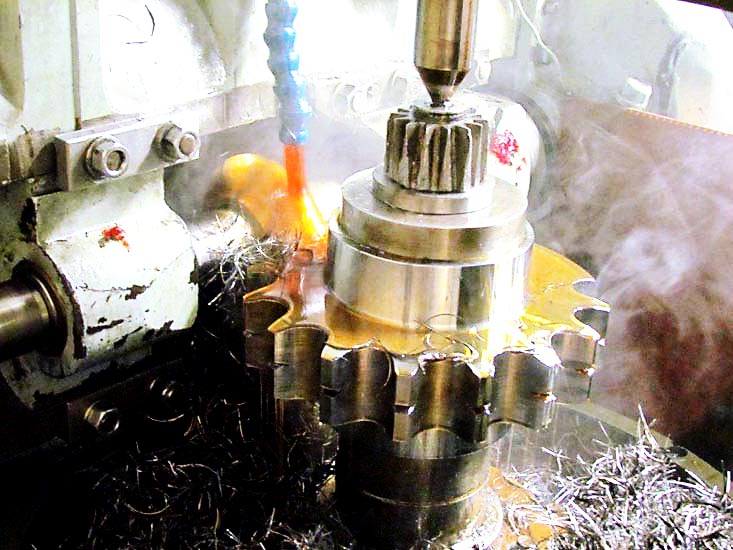
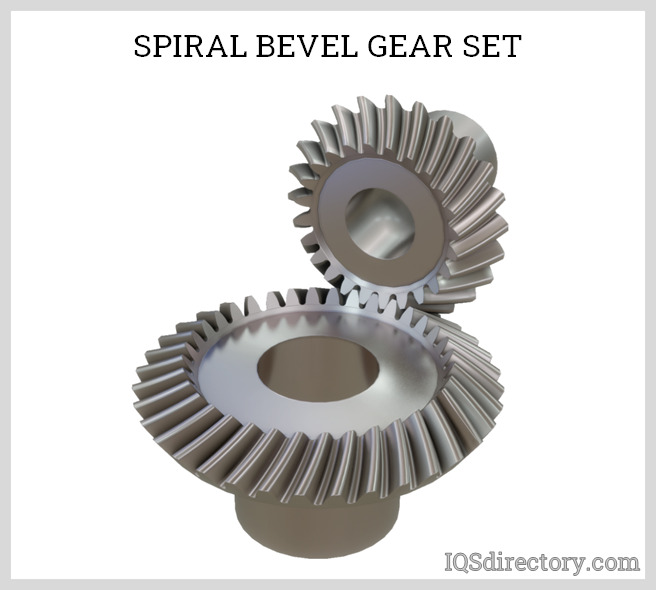
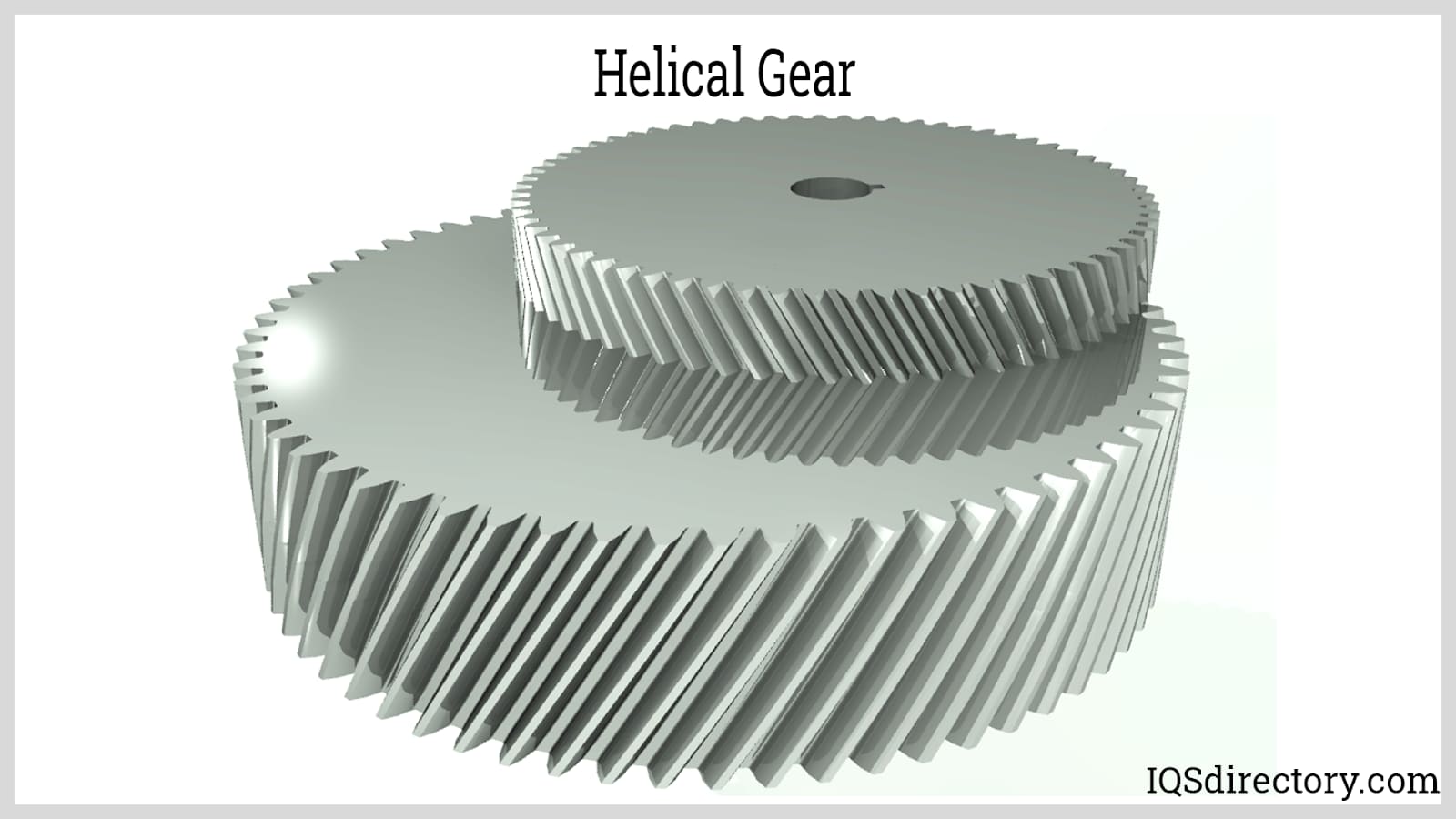
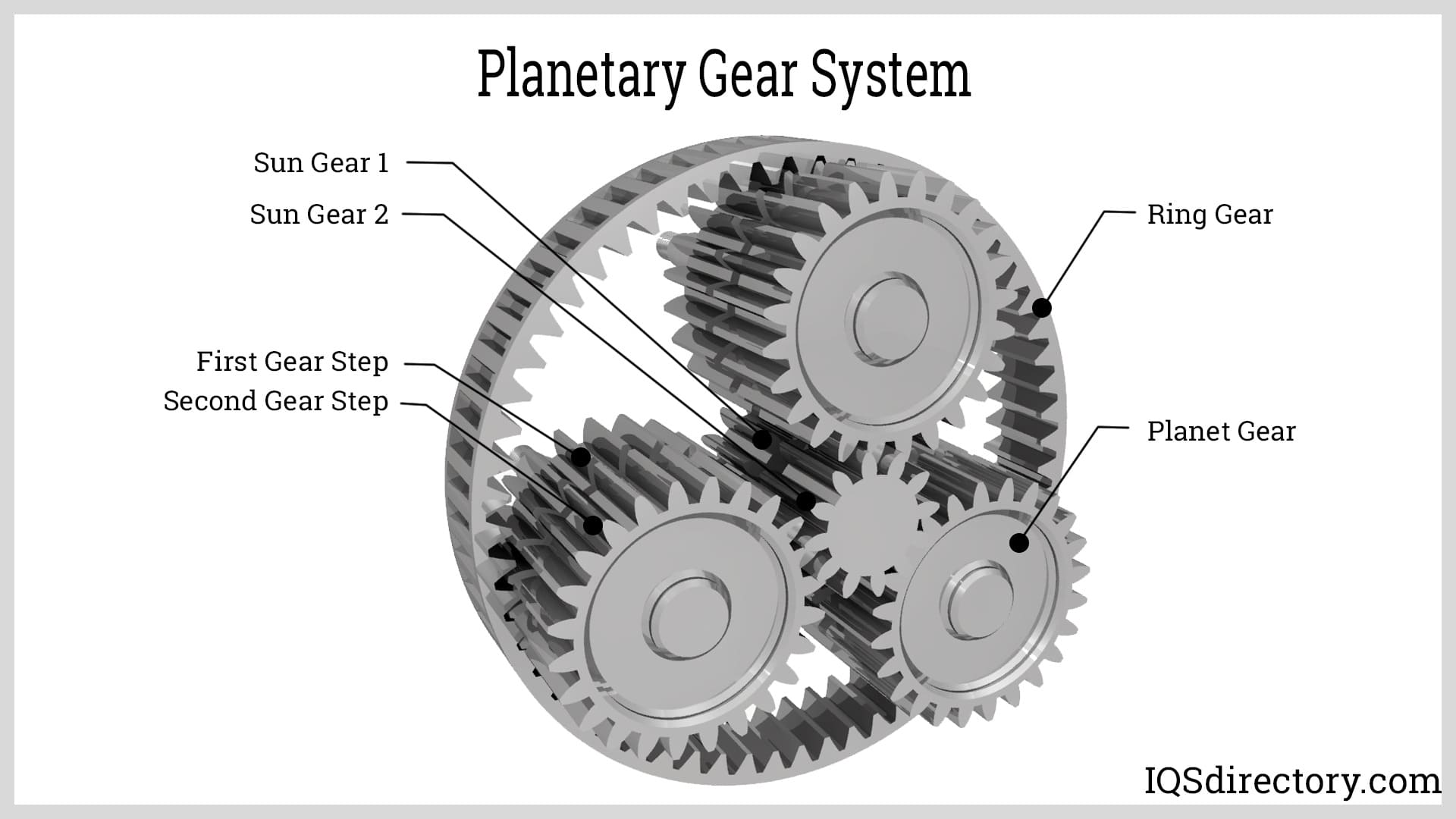
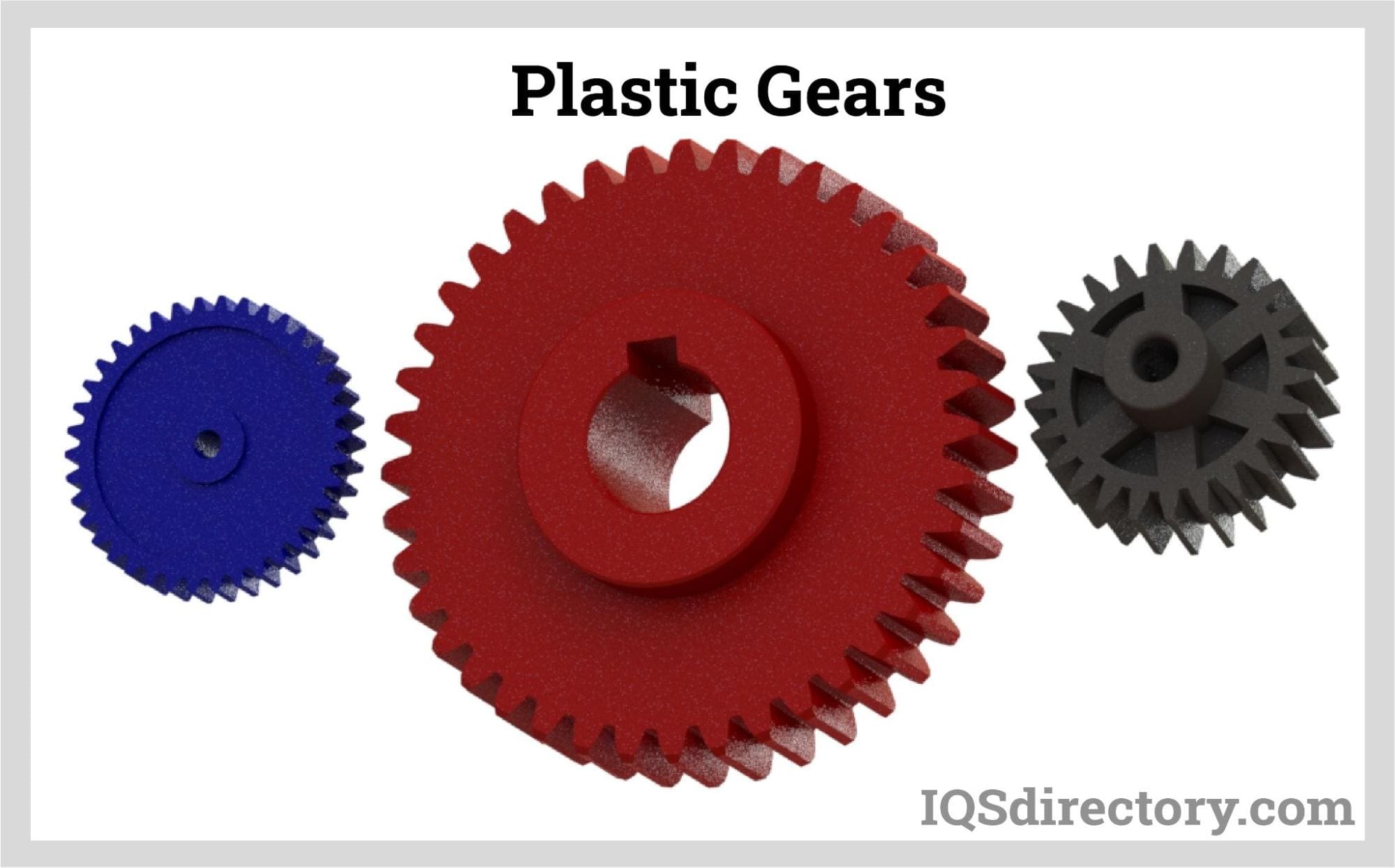
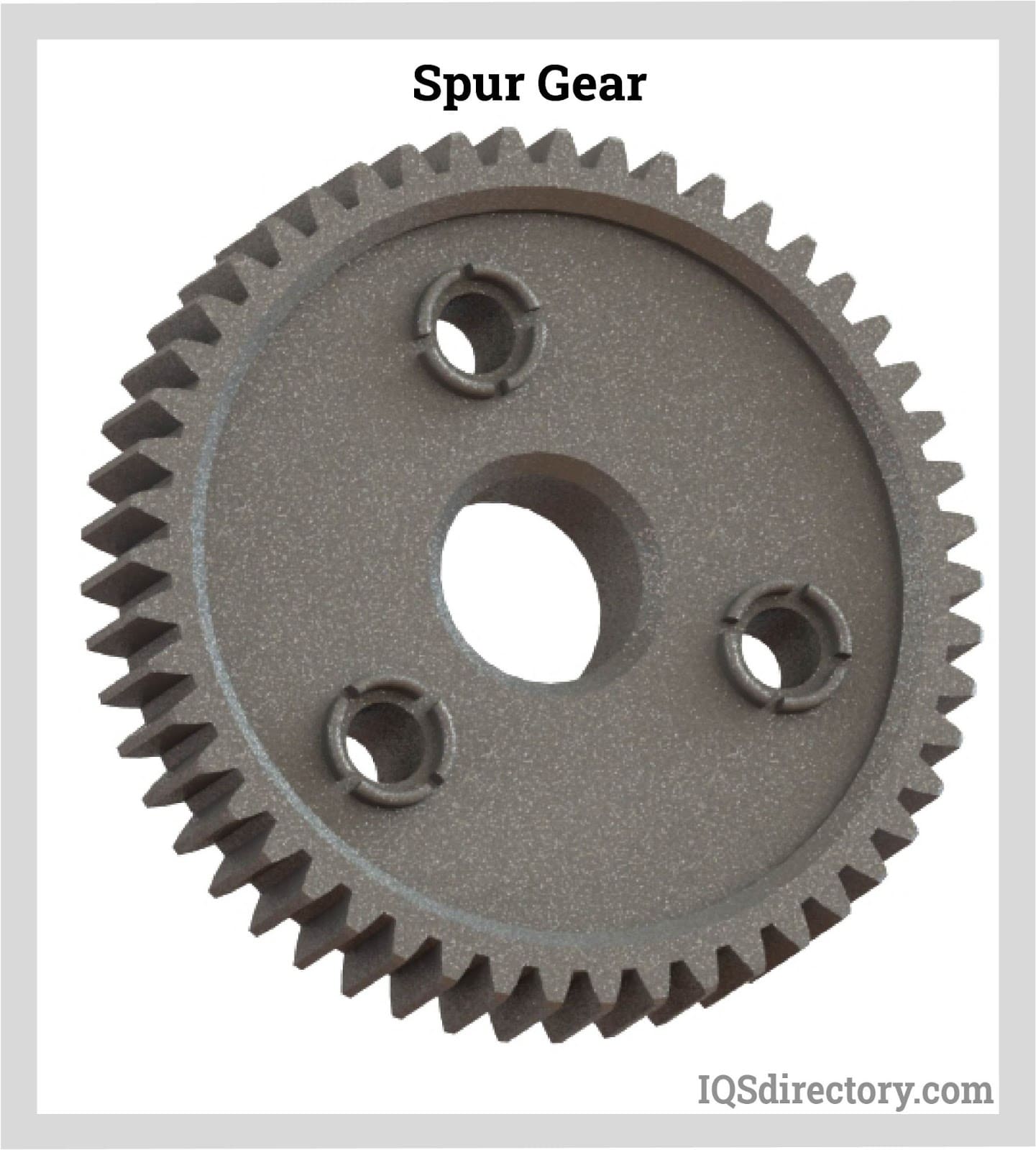
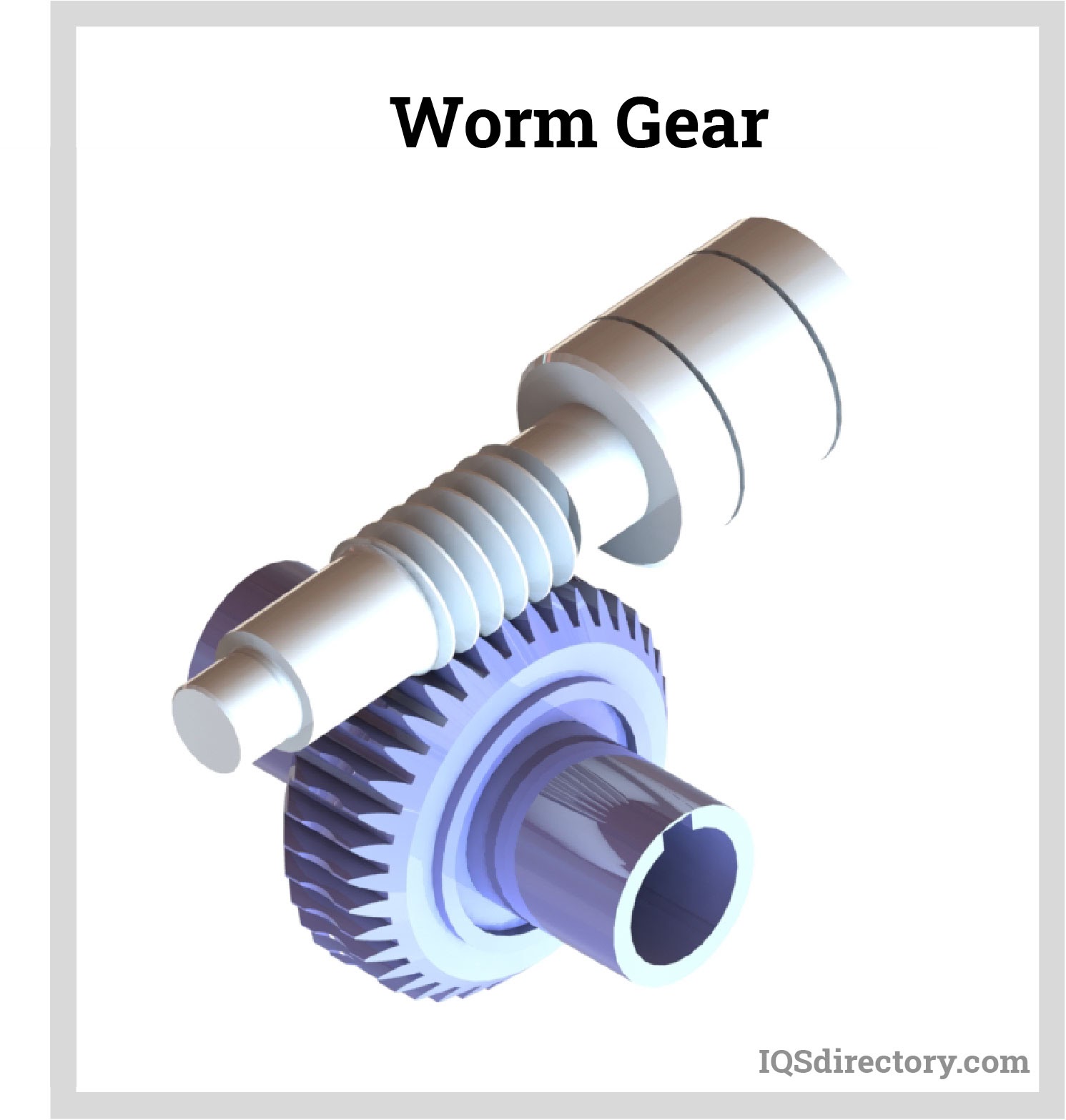

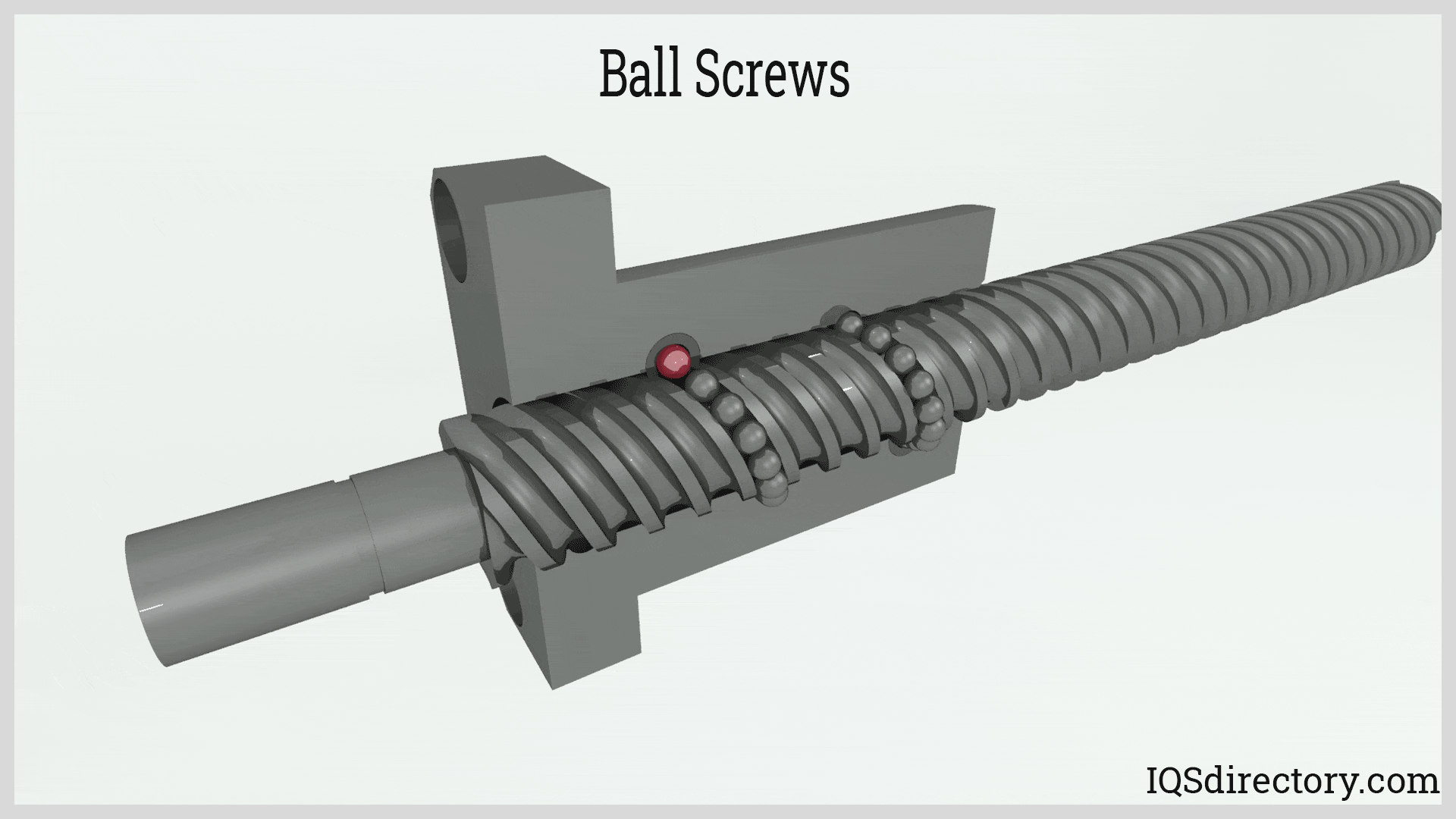
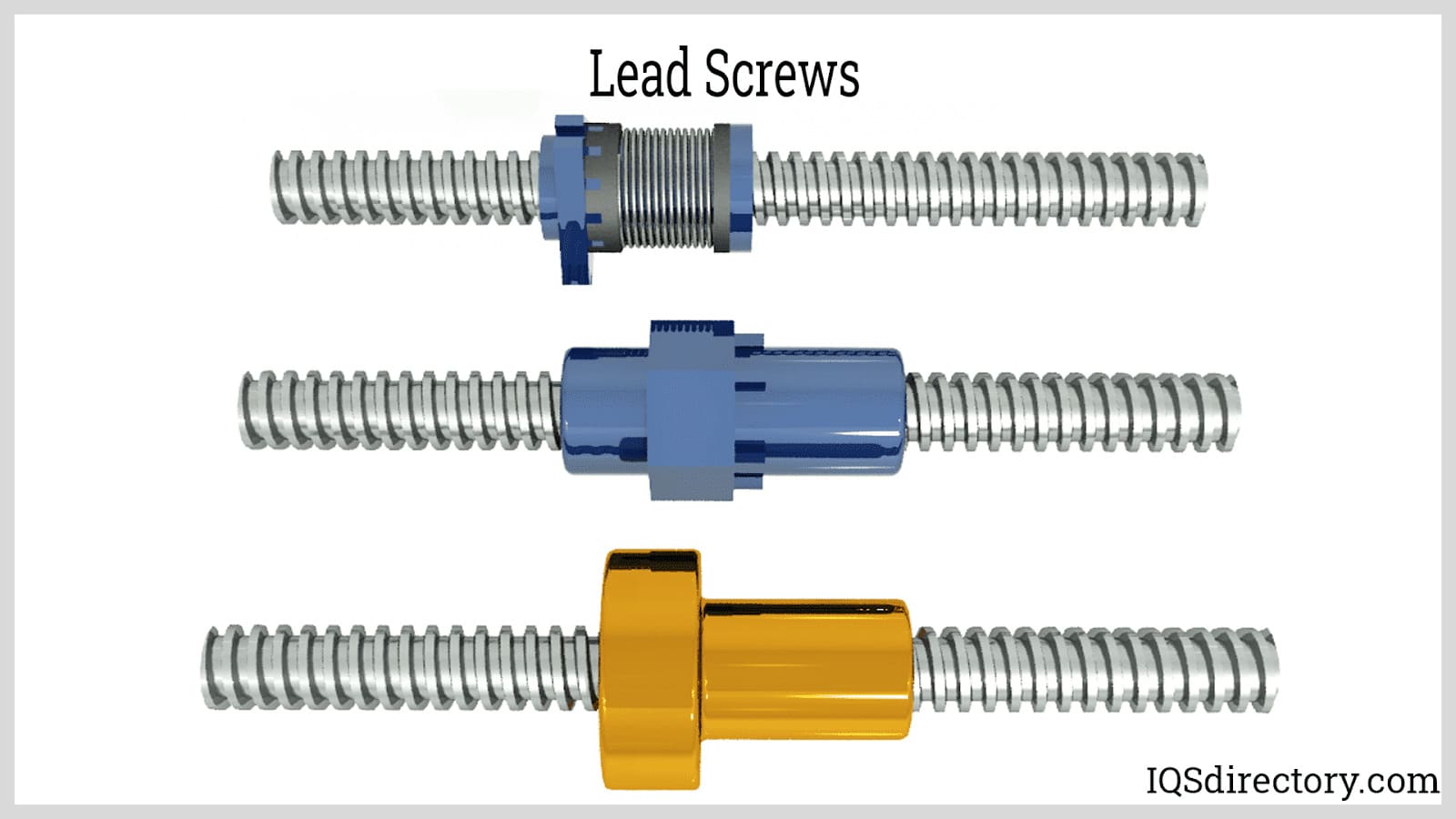
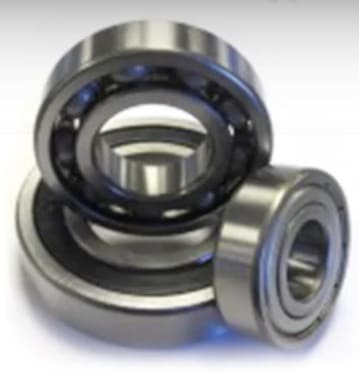 Ball Bearings
Ball Bearings Ball Screws
Ball Screws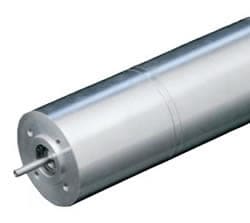 Electric Motors
Electric Motors Friction Materials
Friction Materials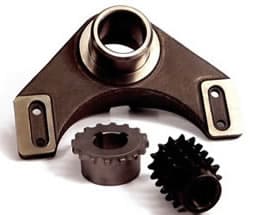 Gears
Gears Quick Release Couplings
Quick Release Couplings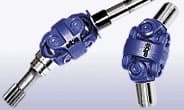 Shaft Couplings
Shaft Couplings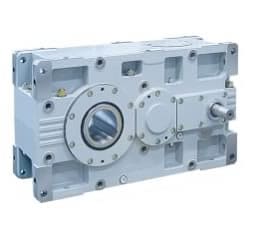 Speed Reducers
Speed Reducers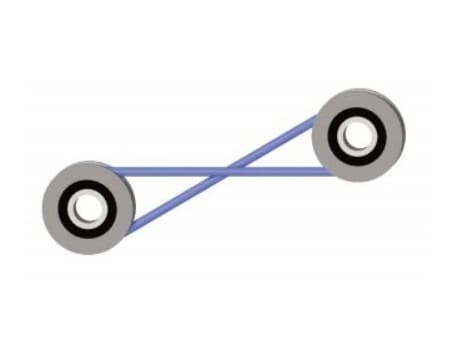 Timing Belting
Timing Belting Castings & Forgings
Castings & Forgings Bulk Material Handling
Bulk Material Handling Electrical & Electronic Components
Electrical & Electronic Components Flow Instrumentation
Flow Instrumentation Hardware
Hardware Material Handling Equipment
Material Handling Equipment Metal Cutting Services
Metal Cutting Services Metal Forming Services
Metal Forming Services Metal Suppliers
Metal Suppliers Motion Control Products
Motion Control Products Plant & Facility Equipment
Plant & Facility Equipment Plant & Facility Supplies
Plant & Facility Supplies Plastic Molding Processes
Plastic Molding Processes Pumps & Valves
Pumps & Valves Recycling Equipment
Recycling Equipment Rubber Products & Services
Rubber Products & Services